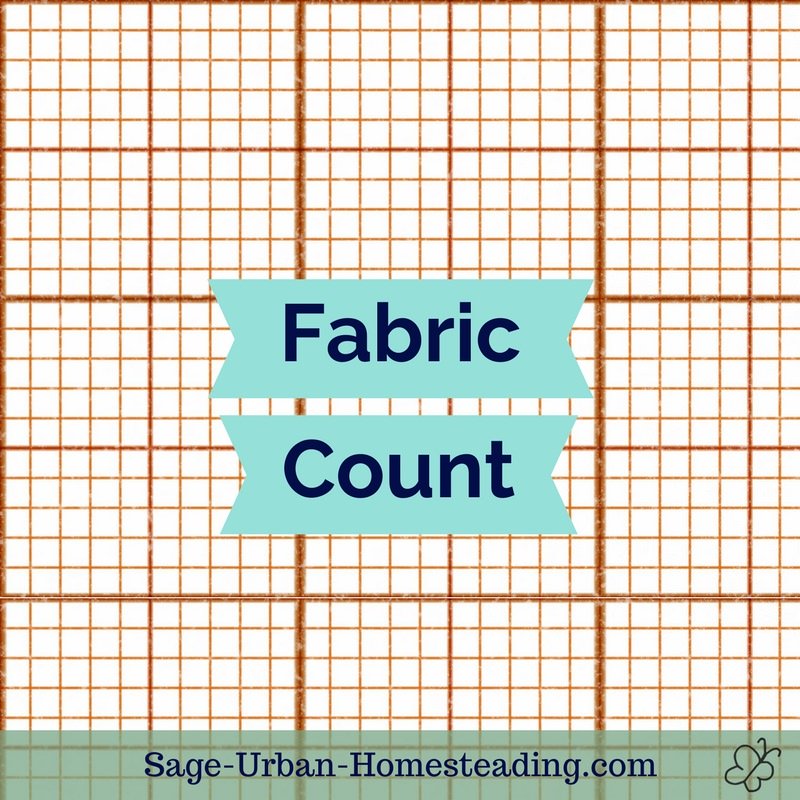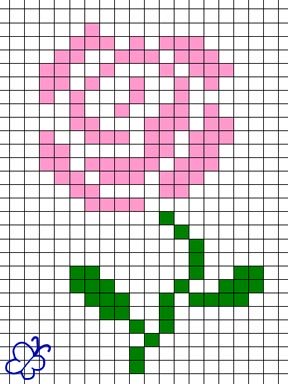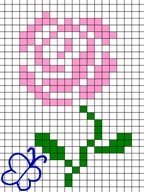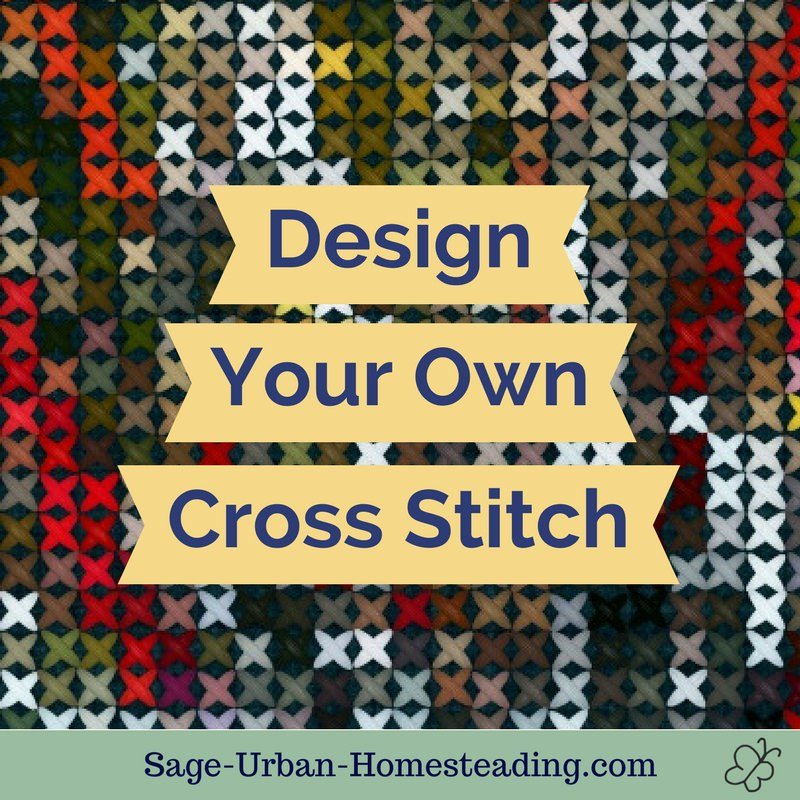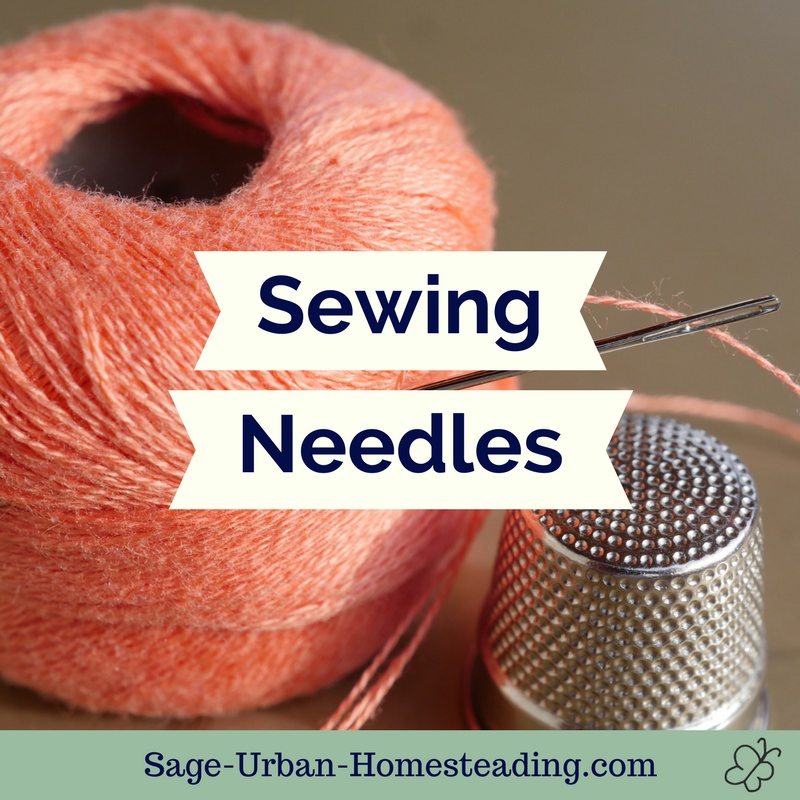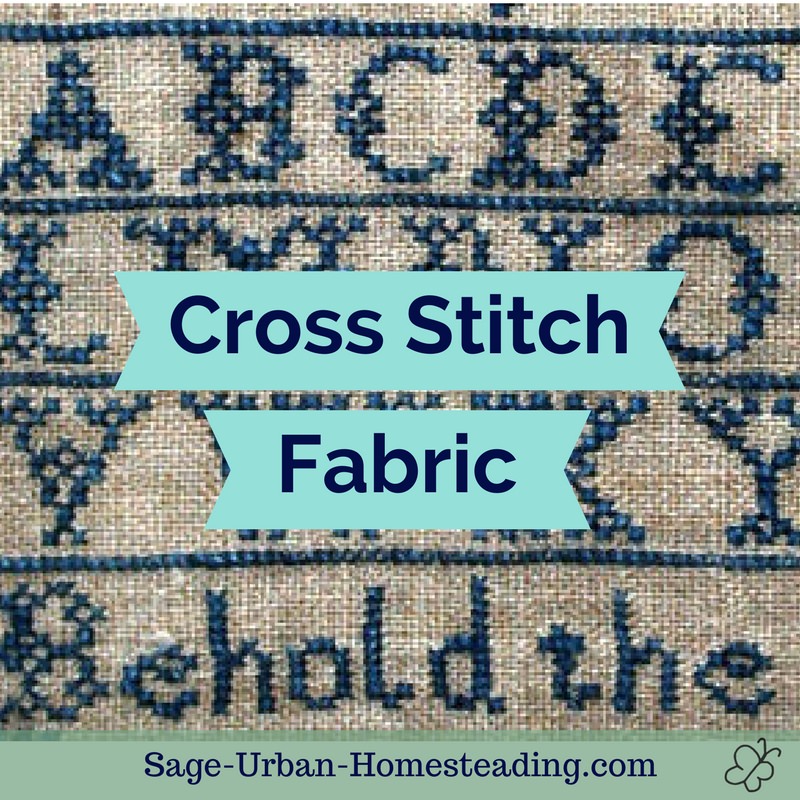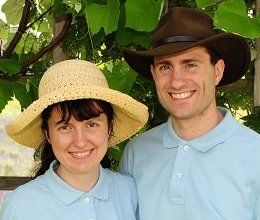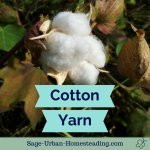FYI: I earn a small commission from some links and advertisements.
- Home
- Embroidery
- Counted
What Is Fabric Count?
Fabric count is the biggest factor in determining the difficulty level of a hand embroidery design. By definition, it is the number of square holes per inch.
If you're talking about bed sheets, a higher count means a softer feel to the touch and a count of 246 will keep out dust mites, but in needlework 28 is considered very small!
Cross stitch instructions tell you how to cross stitch, but they rarely explain this important term. Always check the suggested fabric count for cross stitch patterns and the suggested mesh size for needlepoint patterns.
The pattern will look best at this size, but you can change it to meet your needs. (You need to be able to see what you're doing!) Just realize that you must consider two things when changing the count -- the size of the finished piece and the look of the design.
Size of the Finished Piece
Changing to a higher count will make the finished piece smaller. Changing to a lower count will make the finished piece bigger. Yes, I know this sounds backwards, but remember that count is the number of holes per inch.
How to Calculate the Finished Size
Number of Squares in Pattern Design /(divided by) Count* = Finished Piece Size in Inches
*If you are working over two threads, divide the count by 2 first. The same principle goes for other multiples.
Look of the Design Based on Fabric Count
A higher count will make the piece smaller, so you may lose some details. Will the eyes still be visible enough? How about the nose? You may need to adjust parts of the pattern.
On the other hand, a lower count may cause the design to have too much space between stitches. You will see more of the background with larger cross stitches. Are there white spaces in between the flower petals that will look too odd with the pattern made larger?
There is usually a happy compromise for evenweave or cross stitch fabric if you don't try to blow the count up too large or shrink it down too small.
